Victory Garden 2.0 – Fall is for Planting Shrubs

This post is provided as an educational/inspirational service of the National Garden Bureau and our members. Thank you to National Garden Bureau for this article.
Shrubs are some of the most reliable and hardworking plants in the garden.
They are long-lived, big enough to make an impact while still fitting into gardens of any size (even container gardens!), and some offer the same flowers, fragrance, leaf color, or pollinator appeal as your favorite annuals and perennials. Shrubs also play well with others in the garden. They make a great backdrop to show off your shorter-lived flowering plants and cover for them when they’re not in bloom.
Shrubs are also wonderful for creating an “under-story” that fills the gap between larger trees and shorter plants and ground-covers. Birds and other wildlife also love shrubs as a safe haven between the ground and trees. Many shrubs also provide birds with fruit, nectar, or even a place to build a nest.

Make the most of your planting work by choosing shrubs that look good in more than one season, like evergreens, reblooming shrubs, and plants with pretty fall color.
Fall is the perfect time to plant shrubs in your garden. Here’s why:
- Most plants are still visible, so you know where you have gaps to fill.
- The year’s successes, and problem spots, are still fresh in your mind, so you know what might need replacing.
- As plants drop leaves, you’ll be able to see where you need some evergreen structure.
- Planting in fall gives your shrubs lots of time to recover and put out new roots before the stress of summer.
- You may be able to take advantage of end-of-season sales at your favorite nursery.
- Cooler weather also makes it more comfortable for you!
Behnke’s Planting Instructions
1. Dig a hole with sloped, roughened sides three times as wide as the rootball, and no deeper than the rootball. Do not disturb the soil that the rootball will rest upon.
2. Save the soil removed from the hole. Discard rocks. Add equal parts fine pine bark & Leafgro®. Mix in the appropriate amount of Espoma® Bio-tone Starter Plus starter fertilizer to encourage new root growth.
3. Always water a potted plant thoroughly before planting it. If the rootball is rather dry and the water won’t soak in easily, you can carefully remove the plant from its pot and soak the rootball in a bucket of water for several minutes.
4. Untangle any matted roots around the outside of the rootball with a three-pronged cultivator.
5. Place the plant in the hole so that the top of the rootball is level with, or slightly higher than, the ground.
6. Fill in around the rootball with the amended soil, packing the soil firmly.
7. Construct a shallow basin around the plant to hold water.
8. Apply 1 to 2 inches of hardwood shredded mulch around the plant but not directly against the stem of the plant.
9. Water thoroughly.
10. Use the appropriate Espoma® Tone fertilizer for periodic care. Regular watering is essential for the first few growing seasons. As plants gradually become established, waterings should become less frequent. All plants require deep watering during extended periods without rain.

Use your shovel as a measuring tool! Compare the height of the rootball to your shovel blade to know how deep to dig. Use the handle to get an estimate of how wide to dig – the hole should be twice as wide as the container.
Remember to Water…
Be sure to water your shrubs well immediately after planting and give them frequent, deep watering through the fall to help them recover and establish. Even if it’s cool outside or the shrub seems dormant, a lot is happening underground! Your plant needs lots of water to grow healthy roots.
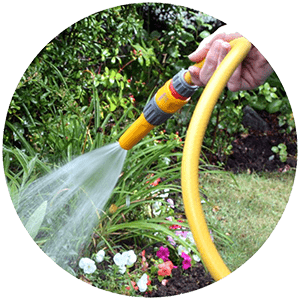

How much water is enough? Water just until you see puddles that don’t soak into the ground right away. Do this at least twice a week during the fall and start again the next spring. After the first year, your shrub should be established enough to water on your normal schedule.

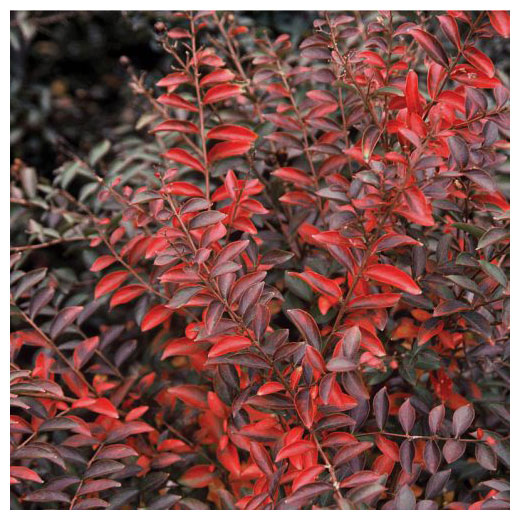
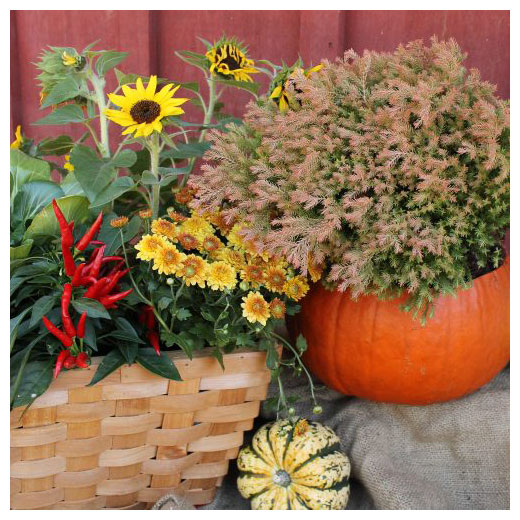
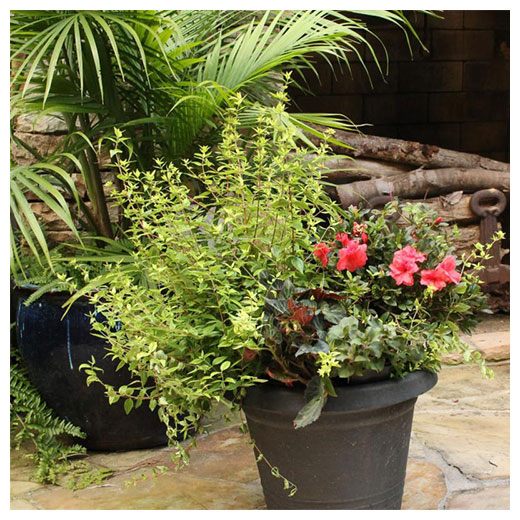
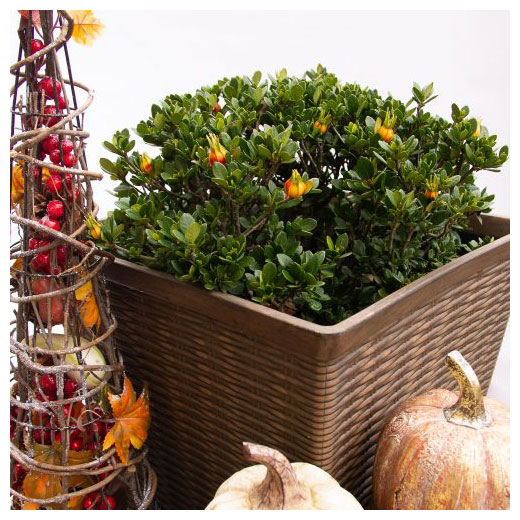
This Post Has 0 Comments